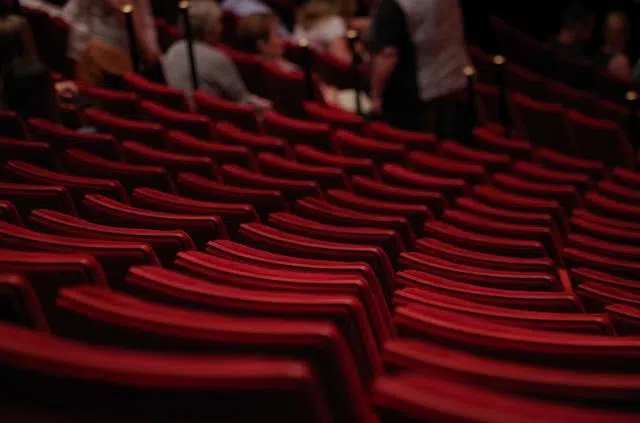
An auto sacramental is a theatrical work with a religious theme.
A play of a religious nature is called auto sacramental . It is a liturgical drama that usually has one act and is based on allegories .
From the 16th century to the 18th century , it was common for the auto sacramental to be performed during Corpus Christi . However, in 1765 this genre was banned at the urging of enlightened thinkers. Over time, various authors took up sacramental autos, such as Rafael Alberti and Gonzalo Torrente Ballester .
Characteristics of a sacramental auto
The sacramental autos are based on moral dilemmas or on representations of scenes from the Bible . In the beginning, the plays were presented directly in churches or squares, although later they moved to theaters.
The sacramental autos begin with a praise as an introduction and close with music and dance and an apotheotic finale. According to the theme, sacramental autos are divided into biblical , theological , Marian or hagiographic , among others.
It can be stated that the main objective of an auto sacramental is to contribute to the dissemination of Catholic doctrine . These works use archetypal characters and allow the viewer to draw their own conclusions from the events represented.
From the Middle Ages to the Enlightenment
It is important to mention that the concept of car had the meaning of a theatrical performance in the Middle Ages, and could be religious or profane. Other names by which this type of work was known at that time are mystery and morality , particularly when the theme was religious in nature. It was only from the middle of the 16th century that they began to refer to it using the auto sacramental name. Some of the people who most influenced its early development were Lucas Fernández , a playwright and musician of Spanish origin, and Gil Vicente , a Portuguese playwright.
As mentioned at the beginning, Corpus Christi used to be associated with the auto sacramental. However, this can only be affirmed since 1520, through the work of the Spanish Hernán López de Yanguas , Farsa sacramental , which was followed by another similar but anonymous one in 1521. The first began to be performed since then. Three decades later, the Council of Trent affirmed that the feast of Corpus Christi should be celebrated as a victory of truth over heresy , to confuse infidels with the universal joy of Catholics.
One of the best moments of the sacramental auto with respect to its popularity and acceptance by the Church took place between 1525 and 1550. In this context we must mention the poet and playwright of Spain Diego Sánchez de Badajoz , who stood out for the eucharistic character without participation of allegorical characters. The Auto of Adam's irons also stood out, in which this character is related to others who personify ten symbols, among which are Free Will, Ignorance, Charity, Mercy and Faith.
The narrative character of the sacramental autos was diluted while they became more allegorical and doctrinal. In the 17th century, Pedro Calderón de la Barca and other authors finished molding them to give them their final shape. Throughout the Enlightenment , a movement that emerged in the mid-18th century and gave rise to a social and cultural revolution, the auto sacramental began to decline until it was banned. Some of his detractors were Nicolás Fernández de Moratín and José Clavijo y Fajardo .

The sacramental autos usually represent biblical scenes or moral dilemmas.
The concept in theater and music
The Spanish Pedro Calderón de la Barca ( 1600 – 1681 ) is one of the most recognized authors of sacramental autos. Among his proposals of this type it is possible to mention “The Dinner of King Baltasar” and “The Great Market of the World” , for example.
Auto Sacramental , finally, is the name of a musical band formed by Jorge Mills and Wilfred Artaza . The group was born in 2018 in Madrid ( Spain ).
